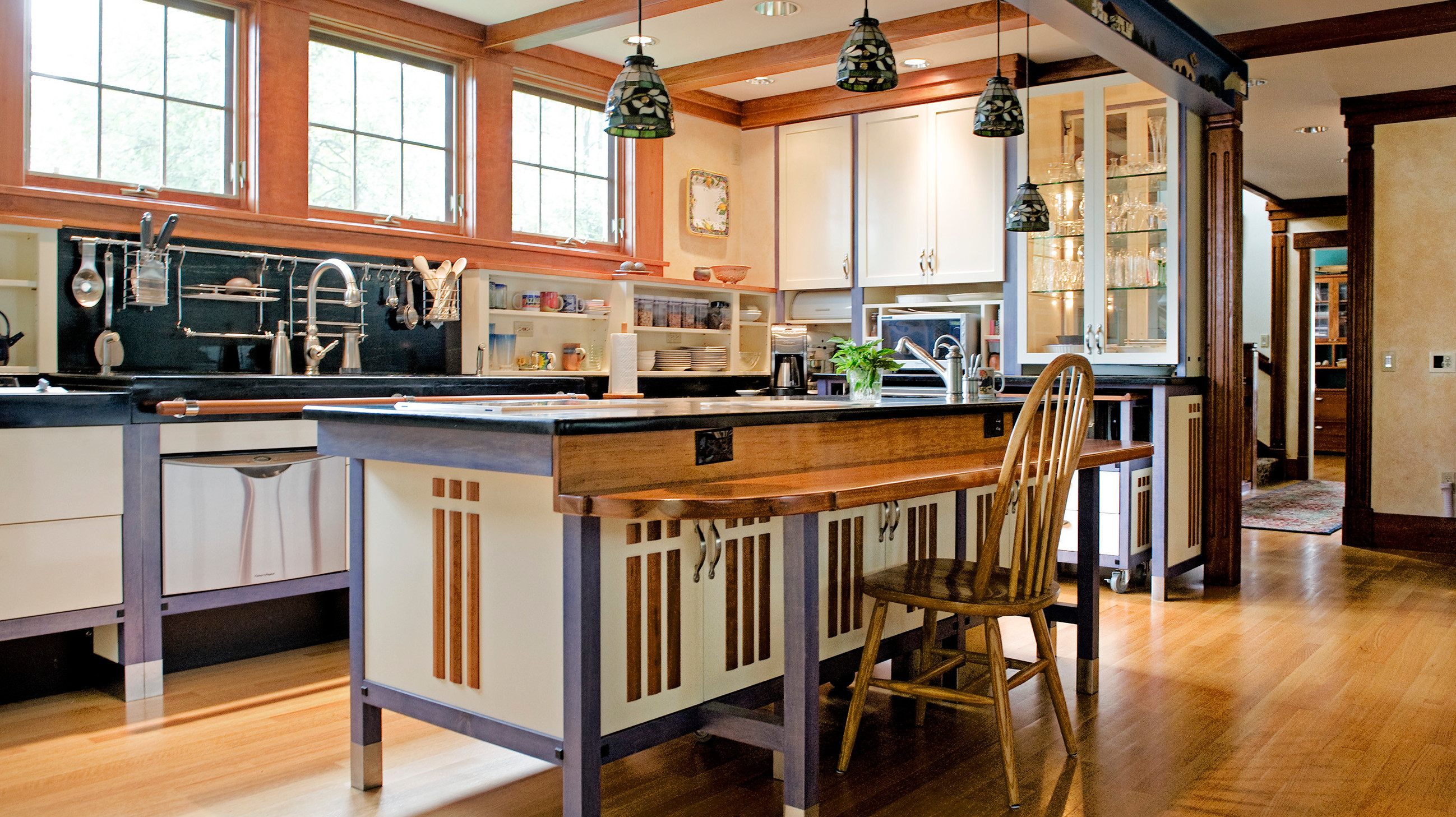A Designer Explains How We Can Make Kitchens More Accessible
Back in January, Mark Hay wrote for The Takeout about what it's like to navigate the kitchen with a disability. The various adaptations that allow people to cook can include specific tools, such as retrofitting paint rollers to serve as one-handed rolling pins, or changes in habit, like sticking to one-pot meals and keeping everything within reach at the edge of the countertop rather than pushing things toward the back. This July marked the 30th anniversary of the signing of the Americans With Disabilities Act (ADA), a major victory for American civil rights. And in order to take stock of how far we've come since the passing of the ADA and what we have yet to accomplish, Food52 recently interviewed Maegan Blau, founder of Blue Copper Design, for "An honest chat about accessible design." It's a fascinating read, and one that offers many glimmers of hope for the future.
Blau has been passionate about designing adaptable spaces since becoming a wheelchair user as a teenager, following a spinal cord injury. As Food52 puts it, "From accessible houses to universal gyms, [Blau] cleverly mixes the medical grade with the trendy to create interiors that are equal parts eye-catching and functional." Because a wheelchair-friendly space can be every bit as beautiful as any other, and perhaps more importantly, that isn't a design goal that's any more expensive to achieve.
"The biggest challenge I have faced is opening my contractors' and vendors' minds to a new definition of customized accessibility," Blau tells Food52. "Initially people think of accessibility as only following ADA standards, which is a great start, but there is so much more that can be achieved." Those standards, Blau explains, are merely the jumping-off point to design a home fit for every individual's needs and tastes.
In the kitchen, there are lots of modifications that can be made that have additional benefits unrelated to the increased accessibility they offer. For instance, building a microwave into counter-height cabinetry keeps a clunky appliance off the countertop. Eliminating upper cabinets in favor of lots of lower drawer storage can make a kitchen feel more open, breezy, and bright. And multilevel countertops, a plus for doing prep work from a seated position, add a sense of dimension to the space.
"The most problematic assumption people can make is that accessible design is hard to achieve," says Blau. "It requires a specific perspective but requires no extra work and is just as expensive as any other design plan." Read the whole interview here.
